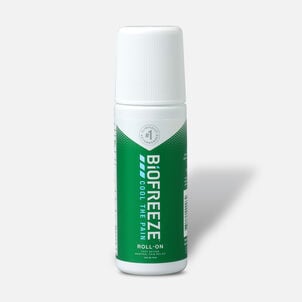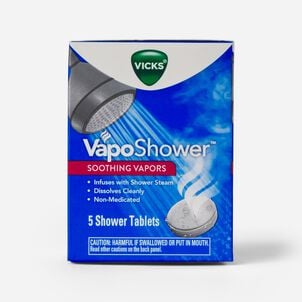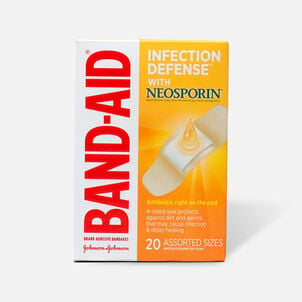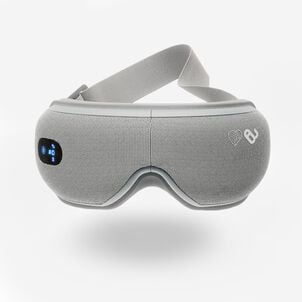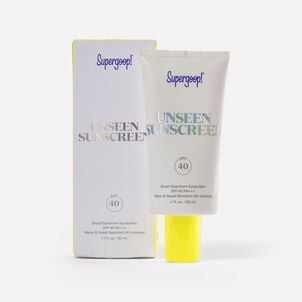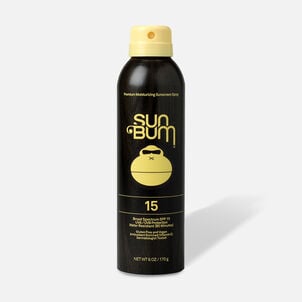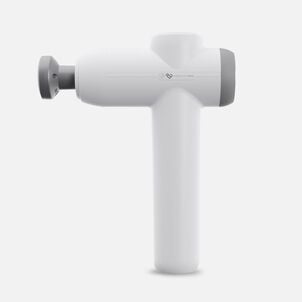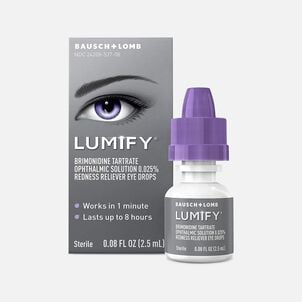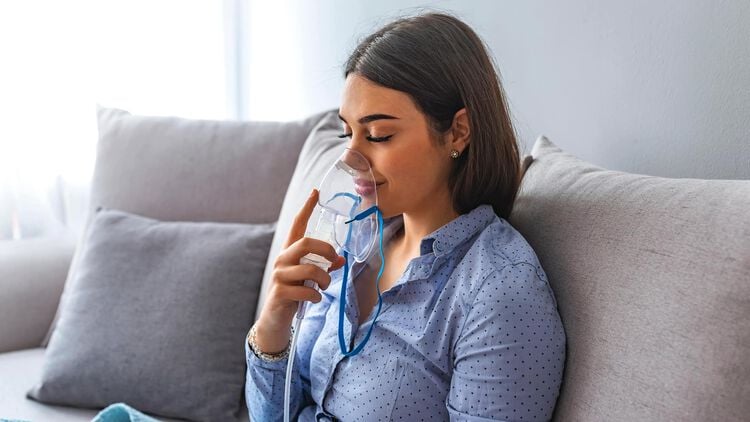Did you know that acne affects up to 50 million Americans each year, making it the most common skin condition in adolescents and adults? In fact, approximately 85 percent of people between the ages of 12 and 24 experience at least minor acne and up to 15 percent of adult women struggle with acne.1 Many still mistakenly believe that poor hygiene or eating foods such as chocolate or French fries are a main cause of breakouts, but this actually is not the case. Let’s deep dive into what could cause acne, different types of acne, and some product recommendations that can help you improve the health and look of your skin (and of course: all these products are HSA eligible!).
What causes acne
The root causes of acne can vary from person to person, but several contributors have been identified. These include genetics as well as hormonal fluctuations associated with puberty, pregnancy, women’s menstrual cycles, perimenopause and menopause. In addition, stress, pore-clogging skincare products and medications such as oral contraceptives can contribute to acne flare-ups as well.2 Even more, external factors like UV rays and pollution may also play a role in acne development by generating free radicals that promote a process called oxidation that can lead to breakouts.3
Aside from the array of triggers that can contribute to breakouts, the acne cycle generally involves a specific chain of events. First, excess oil (due to genetics and/or hormones) and dead surface cells clog the pores. From there, C. acnes bacteria thrive within clogged pores and lead to the inflammation associated with acne.4
The different types of acne
There are several types of acne, and it’s possible to experience one or more depending on your unique skin. Acne can range from whiteheads and blackheads to deeper, more painful lesions—and it’s important to understand what kind of blemishes you’re dealing with in order to treat them accordingly.
Non-inflammatory acne
Clogged pores (comedones) that lead to blackheads and/or whiteheads are considered non-inflammatory acne. Blackheads are open comedones, and their dark appearance is the result of oxidation that occurs when sebum and dead skin cells within the pore are exposed to the air and other environmental factors. Whiteheads are closed comedones that lead to a white or yellow bumps that are trapped beneath the uppermost layers of skin.5 Non-inflammatory acne generally does not cause redness or tenderness around the lesions. However, if over-the-counter skincare treatments don’t help control these blemishes, it’s best to seek the help of a dermatologist who can recommend the ideal skincare routine that helps reduce excess oil, dead skin cells and C. acnes bacteria.
Inflammatory acne
Red or tender blemishes fall into the inflammatory acne category. These lesions may (or may not) have a white center, and they can reside deeper in the skin. The specific types of inflammatory acne include:5
- Papules: Red or pink bumps under the skin’s surface
- Pustules: Large, tender bumps with a defined pus-filled center
- Nodules: Large, inflamed bumps beneath the skin that are tender to the touch
- Cysts: Large, pus-filled lesions that resemble boils
If you experience nodules and cysts, it’s important to know that these are considered to be the most severe forms of acne and they are more likely to lead to long-term scarring.5 If you struggle with these types of blemishes, you should consult a dermatologist who can recommend the ideal treatment approach—which often includes prescription-based antibiotics and other topical treatments.6
HSA eligible picks for acne-prone skin
Successful acne treatment involves addressing all of the factors that contribute to breakouts. An effective skincare regimen that includes the proper cleanser, moisturizer and targeted blemish treatments that target excess oil, dead skin cells and C. acnes bacteria is key keeping skin in the clear. A few suggestions:
- Vichy Normaderm PhytoAction Acne Control Daily Moisturizer
- Vichy Normaderm S.O.S. Acne Spot Corrector
- La Roche-Posay Effaclar Medicated Gel Cleanser
- La Roche-Posay Effaclar Duo Dual Action Acne Treatment
- La Roche-Posay Effaclar Clarifying Solution
- La Roche-Posay Anthelios Clear Skin SPF 60
- CeraVe Acne Foaming Cream Cleanser
- CeraVe Acne Control Gel
-
Thank you for visiting the HSA Store Learning Center! Don’t forget to follow us for more helpful tips on Facebook, Instagram, and Twitter!
1 https://www.aad.org/media/stats-numbers
2 https://www.aad.org/public/diseases/acne/really-acne/adult-acne
3 Bhate K, Williams HC. Epidemiology of acne vulgaris. The British journal of dermatology 2013;168:474-85.




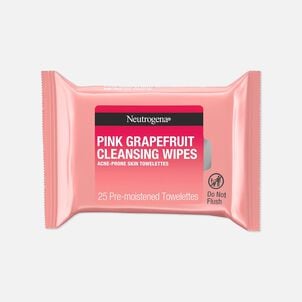
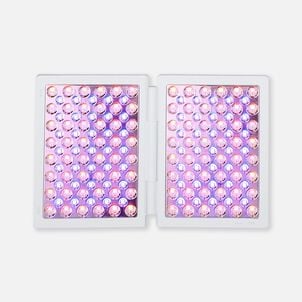
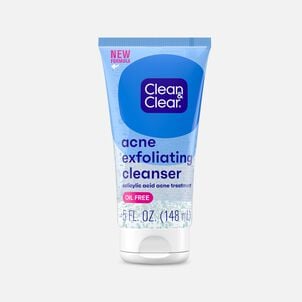

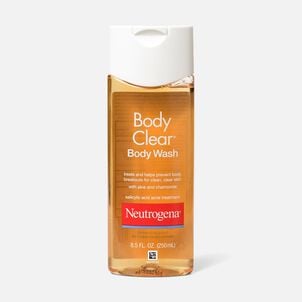



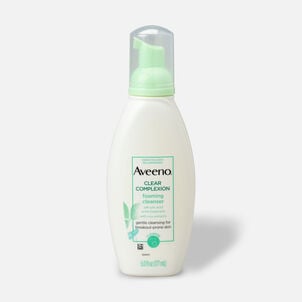
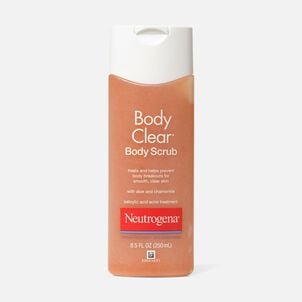
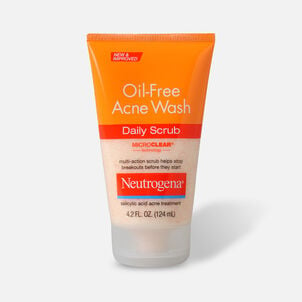
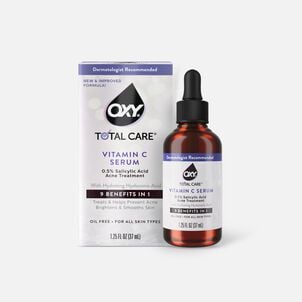
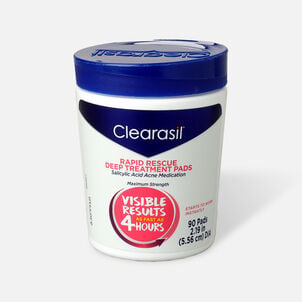
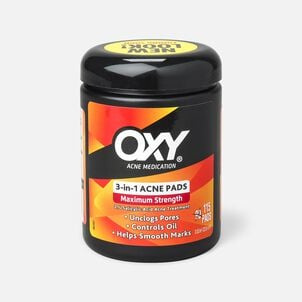
.png)

